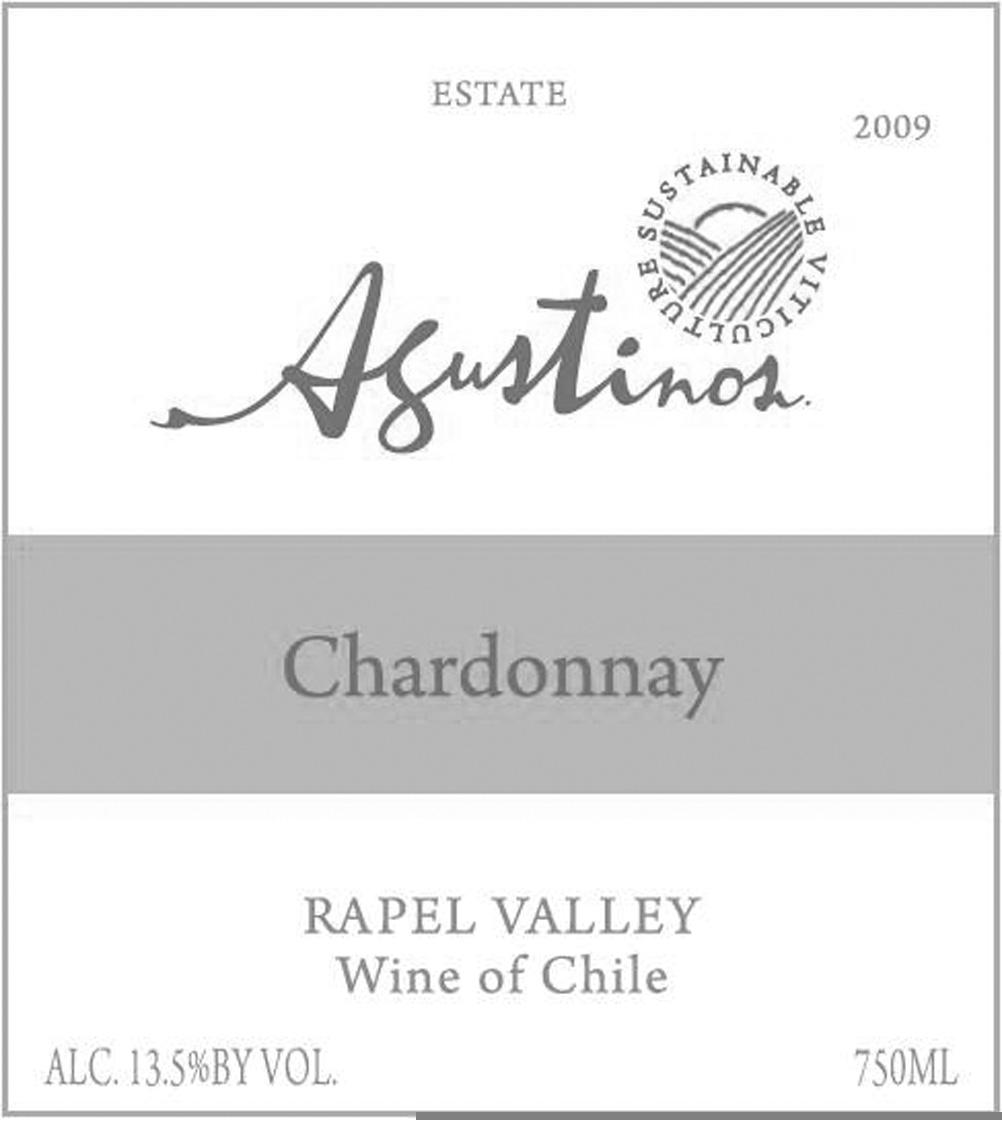2009 Rapel Valley Chardonnay
The Agustinos Agustinos Chardonnay from the 2009 vintage is a delightful white wine hailing from the picturesque Rapel Valley. This Chardonnay showcases a medium body that envelops the palate with its vivacious flavors. Its high acidity contributes a refreshing vibrancy, making it an exhilarating choice for those warm evenings. The fruit intensity is prominent, bursting with lively notes of citrus and stone fruits that dance elegantly on the tongue. With a dry profile, this wine remains food-friendly, pairing wonderfully with a variety of dishes. A well-balanced and accessible option, this Chardonnay from Rapel Valley is sure to please both casual drinkers and enthusiasts alike.
The Agustinos Agustinos Chardonnay from the 2009 vintage is a delightful white wine hailing from the picturesque Rapel Valley. This Chardonnay showcases a medium body that envelops the palate with its vivacious flavors. Its high acidity contributes a refreshing vibrancy, making it an exhilarating choice for those warm evenings. The fruit intensity is prominent, bursting with lively notes of citrus and stone fruits that dance elegantly on the tongue. With a dry profile, this wine remains food-friendly, pairing wonderfully with a variety of dishes. A well-balanced and accessible option, this Chardonnay from Rapel Valley is sure to please both casual drinkers and enthusiasts alike.




